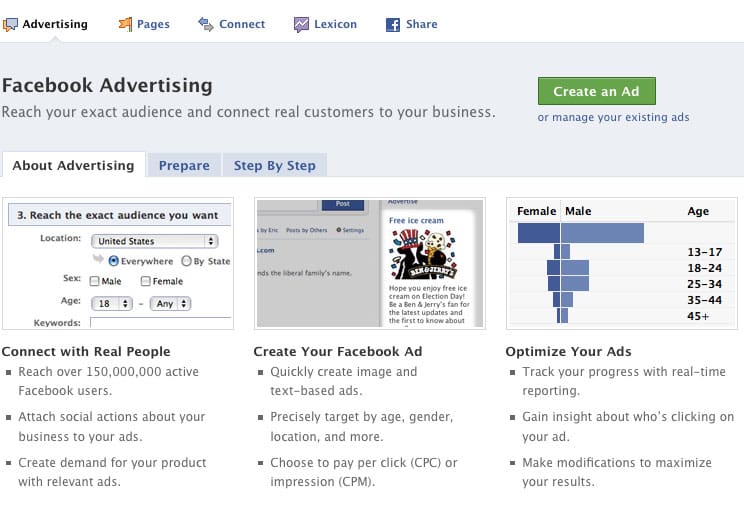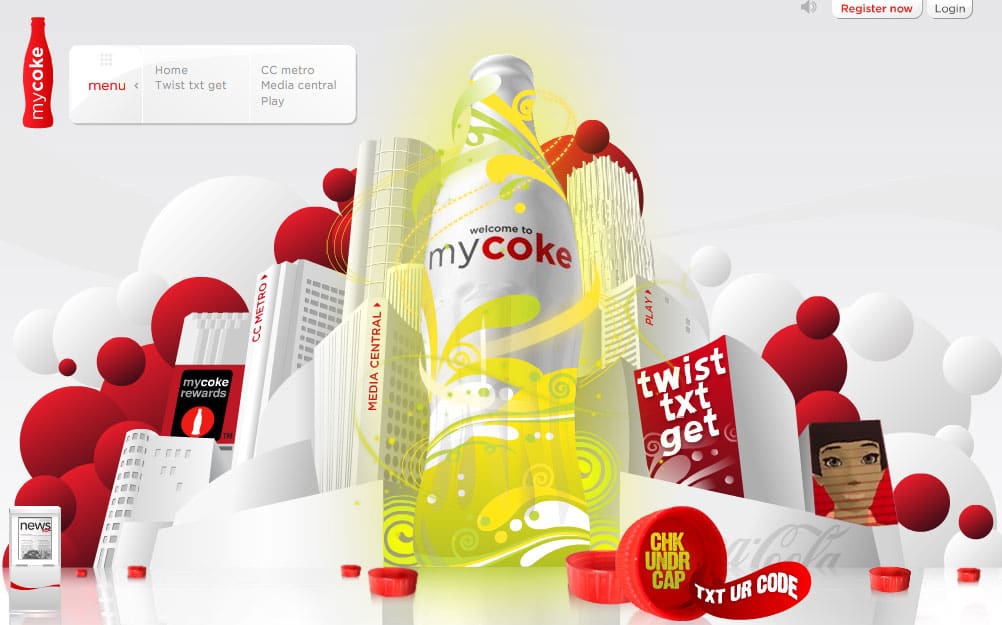This is going to have to be quick – I haven’t had any spare time to blog, since I’ve been finishing up on editing the Great Big Scary Project, and I have to churn out my intros to said project, along with sprucing up my multimedia examples for my trip to Kiev.
But – two items this week converged (yeah, there’s that word) to illustrate one of the powerful, emerging lessons about New Media. It’s one that I learned years ago, when I first rode a couple of dot-bombs all the way down into the crater.
Big site traffic numbers do not necessarily mean big money.
First, let’s  hear from apostate blogger Dennis the Peasant, who was one of the founders of Pajamas Media until his partners chucked him overboard a couple of years ago. The news this last week that PJM was no longer going to write fat checks to its bloggers was met with screams of rage from said suddenly unfunded right-wing bloggers (and joygasms from left-wing bloggers who had long derided the PJM checks as “wingnut welfare” – a POV now seemingly shared by said wingnuts’ former employers).
hear from apostate blogger Dennis the Peasant, who was one of the founders of Pajamas Media until his partners chucked him overboard a couple of years ago. The news this last week that PJM was no longer going to write fat checks to its bloggers was met with screams of rage from said suddenly unfunded right-wing bloggers (and joygasms from left-wing bloggers who had long derided the PJM checks as “wingnut welfare” – a POV now seemingly shared by said wingnuts’ former employers).
So Dennis had schadenfreude & Cassandra-vindicated moment, in which he flipped off the camera & did a Snoopy dance. And then, he got around to some actually interesting stuff about the economics behind blogging:
The thought in everyone’s mind is If only I can get enough traffic I can make money. If I have the traffic the advertisers will pay for access to it.
Everyone assumes site traffic is the key to blogger riches.
And, everyone is wrong. It is that simple.
(snip)
… what we discovered seemed to suggest we were sitting on a goldmine: Large household incomes, very well educated, disposable
income out the blowhole… what we assumed advertisers wanted.Well, by January of 2005 Roger and Charles had disappeared in a cloud of pure bullshit, and there I was, left waiting to hear about the
“new modelâ€, the “new partners†and “the new†what not… Being the curious sort, I arranged for a friend of mine to introduce me to the
managing partner of a small, but prestigious, advertising firm in Columbus. I packed up our survey statistics and headed to a luncheon
engagement that I assumed was going to convince this guy I was on to something.Well, I spent 20 minutes explaining our idea and the business model as I envisioned it, and then, as the capper, whipped out the survey
statistics and showed them to him. He looked at them for a moment, laughed, and then threw them down on the table in front of me.“Worthless,†he said, smiling.
DtP goes on to talk about something that New Media folks take for granted, but that Traditional Media people still have problems wrapping their heads around. See, newspapers, radio, TV, billboards, direct mail, etc. etc. — they all base their ad rates on the pure numbers of eyeballs on their content.
While have a big audience is nice, in web terms it can actually be more of a hindrance than a help.
Which is where Facebook comes in. Today it celebrates its 5th birthday. And it is hemorrhaging money from every orifice, with no clear business model in site. (Here’s an interview the BBC did with founder Zuckerberg last fall)
The perennial question for Facebook has been how to monetise the site and cash in on its 150 million users who critically spend more than two hours each day on-site. Analysts Neilsen compared that figure to the 90 minutes users spend hanging out on MySpace.
As the pressure mounts on the Facebook team to make money, the job becomes harder amid the present economic downturn.
(snip)
the clock is ticking fast.
“At some time the economic model has to grow with the rest of the firm.
“Investors will want a return on their money and in this market, investing in vapour can be very difficult. Their time is up for doing this without making money.
“They need to develop a business model soon before they find their funding sources start drying up,” warned Mr Enderle.

The Facebook Advertising page, like its obvious model Google AdSense, tries to make it easy for an individual or small-biz owner to buy an ad. Contrast that with all the hoops you have to jump through to buy an ad in traditional media.
The numbers that came our recently show that Facebook has among the lowest click-through scores on the web – 400 clicks for every 1 million page impressions. This has not gone unnoticed. The pro-Facebook & social media mavens claim that the demographic information that has been amassed by Facebook, MySpace, Bebo, etc., is going to pay off with highly targeted ads that garner higher CPMs. And they have an easy-to-use frontend that is quite obviously modeled after the AdSense DIY concept.
Facebook’s experiment with tying ads to your personal information was, however, a disaster. And critics have started pointing out that maybe Facebook doesn’t know all that much about you…
And the stories are starting to come out about how desperate they’re getting — despite the impressive raw traffic numbers, time spent on site, and user engagement indices — all numbers that media companies try to pay attention to.
I can tell you from my experience with a succession of dot-bombs, big page traffic without the proper monetization scheme is actually a detriment to your survival. Especially in the video space.
While bandwidth charges are a small fraction of what they were even six years ago, they still rack up quickly. And if you have a million people watching a 10 meg video on your site (as can happen if you get a viral hit), and your monthly service contract with your hosting service starts charging you after, say, 250 gigs … well, work the numbers.
1,000,000 users x 10,000,000 megs downloaded = 10,000,000,000,000 (10 terabytes aka 10,000 gigs) of page traffic, just for that video.
Depending on your contract, your site will either crash and you’ll have to wait a month or whatever before you can bring it back up … or they just act like a cabdriver and flip down the little flag and start the meter running. At the end of the month, just like with a cellphone company when you go over the minutes, you get charged up the wazoo. Say it’s a $.10 a gig, the way DreamHost does it.
10,000 – 250 = 9,750 gigs
9,750 x .10 = $975 overage charge for the month.
Now, there’s no way that Facebook is paying that much for its bandwidth – economies of scale and all that. BUT. The bandwidth still does cost.
DtP makes the point that 400 dedicated readers in a well-defined niche space, such as photography, beat the hell outta 40,000 drive-by users in an amorphous mob. Advertisers will want to reach those 400 people, because they know them, know what their interests are, and know that the ads served to them are going to the right people.

General interest sites, however … well, let me put it this way. Check out the sode aisle in the supermarket next time you’re there. Diet Coke, Diet Coke with Lime, Diet Coke with Splenda, Diet Vanilla Coke, Diet Black Cherry Coke, Coke Blak, Regular Coke, No-Caffeine Coke, Coke Zero, Diet Caffeine Free Coke, Vanilla Coke, Cherry Coke, Diet Coke with Vitamins.
Each of those products exists because there is a niche out there that wants to drink them. Why would Coke want to waste its ad dollars for health nuts that want a soda that has vitamins and that they can delude themselves into thinking that is “good for them” … on a site that has an audience of cigar-smoking red-meat-eaters?
The advertisers have had to fragment their products. Those fragmented products have to be marketed just to the people who are going to buy them, or they are not viable. That means that the platforms that those products advertise on have to be similarly well-defined.
The root of the problems with mass media isn’t that there isn’t interest in the information – it’s that the advertising money is shifting away to places where the audience is better defined & targetable.
Technorati Tags: Facebook advertising, Pajamas Media implosion, blog, advertising, monetization, web economies, click-through rates, audience, segmentation, marketing, demand

Trackbacks/Pingbacks